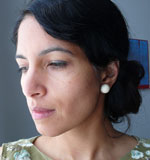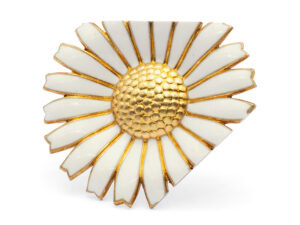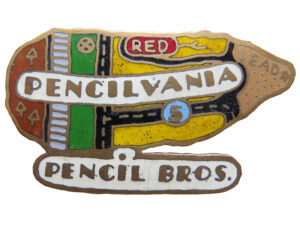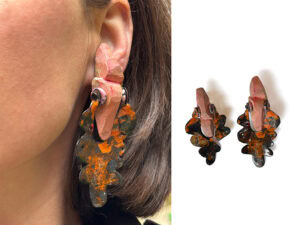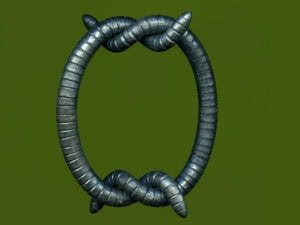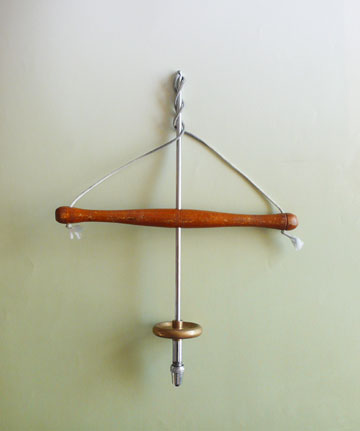
What is my preferred tool? Well, perhaps not such an easy ask, trying to chose one from a collection that has grown over the years. I first thought about choosing the ‘safety back’ needle file, sometimes known as a barrette file. Why? Because that and the round tapered needle file seem to be the only needle files that I rely on when I am making jewelry, which I’m sure reflects some insight onto my working practice – but let’s leave the analysis of that revelation for another time.
At the moment I am without my own workshop and have been for two years now. Moving house and waiting to have the garage rebuilt into a new workshop has meant that the majority of my tools and equipment are stored away in boxes and will be for a while. A difficult adjustment to make at the beginning, but I bought a large tool box on wheels – the sort you buy from a hardware store – and made a careful selection of hand tools to go in it. So currently my workshop is on wheels and I am able to do whatever the jewelry term for ‘couch-surfing’ would be. (Perhaps it’s ‘bench-surfing.’)

What is my preferred tool? Well, perhaps not such an easy ask, trying to chose one from a collection that has grown over the years. I first thought about choosing the ‘safety back’ needle file, sometimes known as a barrette file. Why? Because that and the round tapered needle file seem to be the only needle files that I rely on when I am making jewelry, which I’m sure reflects some insight onto my working practice – but let’s leave the analysis of that revelation for another time.
At the moment I am without my own workshop and have been for two years now. Moving house and waiting to have the garage rebuilt into a new workshop has meant that the majority of my tools and equipment are stored away in boxes and will be for a while. A difficult adjustment to make at the beginning, but I bought a large tool box on wheels – the sort you buy from a hardware store – and made a careful selection of hand tools to go in it. So currently my workshop is on wheels and I am able to do whatever the jewelry term for ‘couch-surfing’ would be. (Perhaps it’s ‘bench-surfing.’)
As to what my preferred tool would be, it is the pump drill. A tool that is both simple to use but ingenious in its design and function. No need for electricity, just dexterity. The pump drill was part of my first introduction to working in a jewelry workshop when I was eighteen years old, so I admit that there’s also an element of nostalgia behind my choice. For me, there has always been something magical about how the pump drill works. It is quiet and can drill at any angle. It offers more precise control than that afforded by an electrically powered drill. Okay, so maybe it does not drill as fast as an electric drill, but because the cut happens on the downward revolution, the upward revolution allows you to re-adjust the angle thus giving much more precision. Depending on the job in hand, this can outweigh the need for speed – a perfect symbol for the Slow Movement.
Even though adjectives such as ‘prehistoric’ and ‘primitive’ are used when describing the pump drill’s place along a timeline of man’s tool making achievements, the pump drill can represent a sense of self-sufficiency within the context of a modern workshop or if you are ‘on the road’ – even more so once you’ve learnt how to make a dressmaker’s sewing needle into a drill bit.
The pump drill: a tool that itself can be made by hand and is a link with our past.
